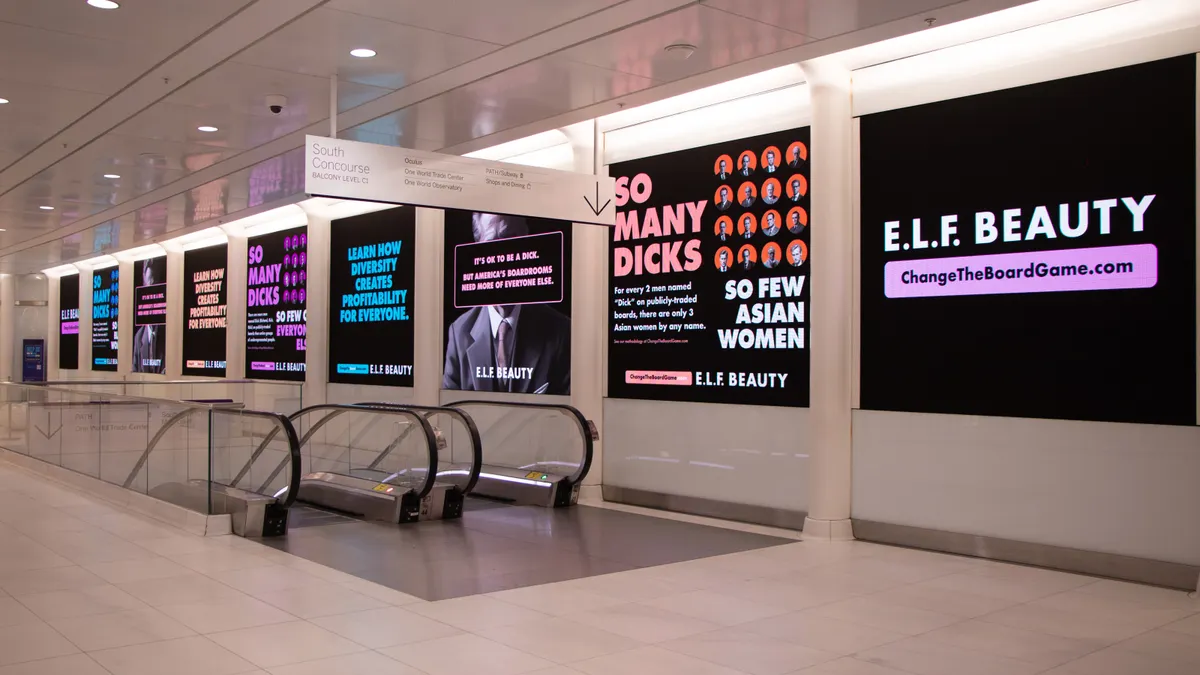Editor's Note: The following is a guest post from Keith Perlstein, CTO at Response Media.
The concept of audience segmentation isn't a novel one. Most marketers accept that targeted email messages are more effective than sweeping blasts, and they craft campaigns around markers such as professional status, past purchasing behaviors and location. The latter is especially important because geo-specific messaging has proved highly effective among middle-class consumers, in particular, as indicated in a recent International Business Review report.
Yet most companies don't go deep enough in their location-based strategies. They target people at the country and state levels, but they fail to take a city-focused approach. And that's where they miss out on significant opportunities: City-centric campaigns show higher results and are more cost-effective than broader tactics, but they're underutilized. It's time for marketers to look closely at the benefits of more localized strategies.
The power of urban data
Research indicates that city-based email campaigns make sense. Consumers in different markets have diverse lifestyle and behavioral tendencies, even when you're looking at cities in the same country or even the same state. For instance, a sporting goods chain in Georgia might find that bicycles are popular in Atlanta, while hunting accessories draw more buyers in Macon. When you know which types of messages and products resonate in different areas, you can deliver more relevant content.
Still, many marketers either make no use of location at all — or use a broad set of location data, such as from the country or state level — for email segmentation. The majority of companies likely don't collect urban location data in their email databases, and McKinsey found that fewer than one in five executives draws on city intelligence when making decisions. But spending power among city dwellers is on the rise. McKinsey notes that as companies pursue openings in developing markets, they'll find key opportunities among urban populations — if they know how to approach them.
Companies that fail to account for differences in their audience segments' lifestyles, economic circumstances and consumption preferences will see their email campaigns — and their marketing strategies more generally — underperform. Irrelevant emails often cause drop-offs in response rates, which play a role in whether email providers whitelist senders. More importantly, they lead to decreased sales. If people feel a brand is out of touch with their needs, they'll stop buying from the company altogether.
Even if the organization ekes out decent margins in fringe markets, this is less cost-effective than delivering the right message to its core audience. One Indian technology company slashed its customer service costs by roughly 60% by targeting only 67 of its 200 potential market cities. That cluster represented 70% of the company's prospective customers, and the leadership's hyperfocused approach led to reduced costs and higher revenue.
How to go local
Shifting to city-based email targeting might seem daunting, particularly if your team hasn't been capturing the hyperlocal information needed to launch such a campaign. But you can use the following steps to get started, no matter where on the spectrum you fall:
1. Document customers' city data in their CRM profiles
Collect either city names or ZIP codes for every customer. You can also buy a complete ZIP code database that will provide additional information on the area, or use Claritas' lifestyle segmentation system to gain insights into specific neighborhoods. Simply typing a ZIP code into the Claritas site will provide snapshots of what people there earn annually, what percentage of families have children, an age breakdown and racial demographics. Such data can help you determine what types of products and messaging are most likely to catch the eyes of consumers in different parts of different cities.
2. Monitor trends across cities in your markets
Pay attention to behavioral shifts, particularly in large urban areas. If your company operates across several states, group cities according to distinctive characteristics. Some might have high rates of bicycle commuters, others might boast a variety of hiking trails and still others will show variations in the rates of dual-income households. Clustering them in this way will make it easier to duplicate your email efforts, with some localized adjustments based on each area's culture.
3. Create automation, benchmarks and strategies according to urban segments
Once you've gathered data on where your customers live, devise content offers and value propositions tailored to that data or models that match the area. You can then create reporting models to track how well that content performs. Pay close attention to shifts in response rates and ROI, which will indicate whether you've grasped what's relevant to a given city. Make sure you're using a reporting model that allows you to track conversions by campaign, channel and segment. Using this data, you can concentrate more of your efforts and budget on the better-performing segments and phase out the rest.
As spending power and wealth concentrate in cities, marketers must become more adept at reaching consumers in urban areas. Many organizations spend time and money to append to their CRM or email database or send surveys in an attempt to collect additional data from their customers, often seeing minimal results. Compared with traditional segmentation strategies, a city-based segmenting strategy can positively impact performance and provide a basis for optimization and cost savings.



















